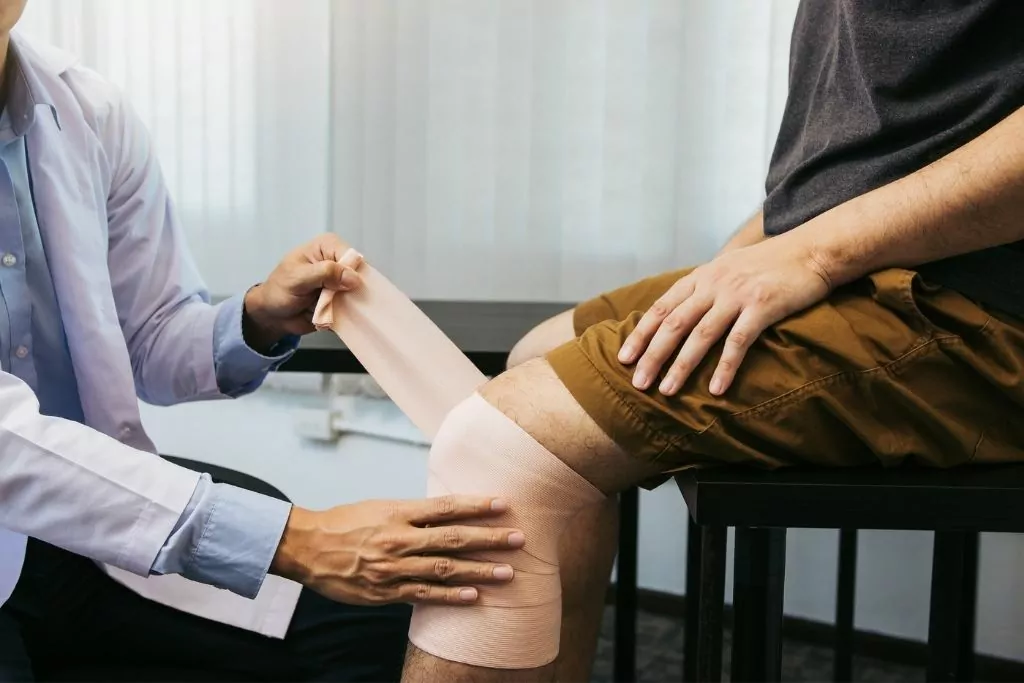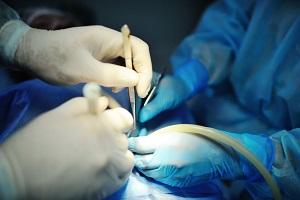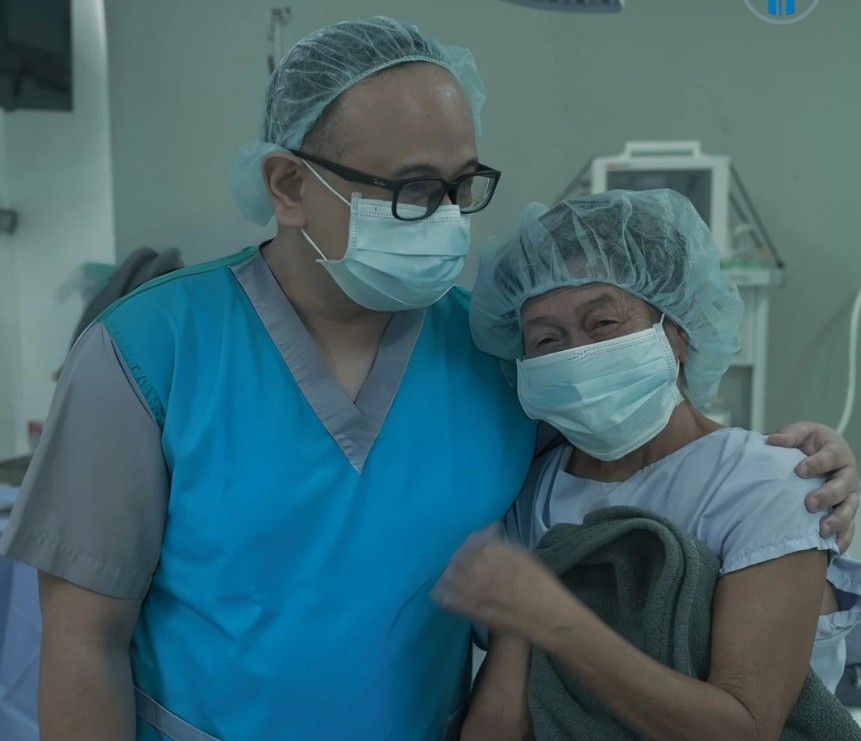Knee replacement surgery can dramatically improve mobility, relieve chronic pain, and restore quality of life. However, recovery does not end when the surgery is complete. Understanding what not to do after knee replacement is essential for achieving the best possible results. Patients who ignore proper post-surgery guidelines risk complications, slower healing, and reduced mobility. Knowing which exercises, movements, and lifestyle habits to avoid is crucial for a safe and effective recovery journey.
Understanding Knee Replacement Recovery
After knee replacement surgery, the body requires time to heal, and the artificial joint needs to integrate safely with surrounding tissues. Recovery timelines can vary depending on age, overall health, and the surgical technique used. At Hips and Knees Joint Restoration and Replacement Center, patients benefit from advanced minimally invasive techniques, such as the Direct Anterior Approach (DAA), which reduces trauma to surrounding tissues and facilitates faster recovery. Even with state-of-the-art procedures, ignoring guidelines on what not to do after knee replacement can jeopardize healing, increase pain, and prolong rehabilitation.
Understanding the stages of recovery can help patients make informed decisions. The initial phase typically focuses on reducing swelling, regaining range of motion, and strengthening surrounding muscles. Gradually, patients progress to weight-bearing exercises, walking, and more dynamic activities. Any deviation from the recommended recovery plan or engagement in high-risk movements can compromise the knee joint and surgical outcomes.
Why Certain Exercises and Activities Are Risky
Some exercises and movements place excessive stress on the newly replaced knee. Understanding what not to do after knee replacement can prevent complications such as implant loosening, joint instability, ligament strain, and delayed healing. High-impact activities, deep bending, and twisting movements may feel tempting, especially as pain diminishes, but they can cause irreversible damage.
Ignoring professional guidance and resuming normal activities too quickly is a common mistake. Even seemingly harmless movements, such as kneeling on hard surfaces or pivoting while walking, can strain ligaments and disrupt the alignment of the prosthetic joint. Patients must recognize that recovery is not just about regaining strength but also about protecting the integrity of the knee replacement.
Exercises to Avoid After Knee Replacement
Knowing what not to do after knee replacement is critical for a safe recovery. Certain exercises can place undue stress on the new joint and interfere with the healing process. These include:
High-Impact Activities: Running, jumping, or participating in contact sports can overload the knee, potentially causing implant loosening or ligament injury. Patients should replace these activities with low-impact options, such as walking or swimming, until fully cleared by their surgeon.
Deep Squats and Lunges: Bending the knee beyond 90 degrees can overstretch ligaments and put pressure on the prosthetic components. These exercises should be avoided until a physical therapist confirms it is safe to progress.
Twisting or Pivoting Movements: Sudden rotations can strain the joint and surrounding tissues, increasing the risk of instability. Activities that involve quick changes of direction, such as certain dance moves or sports maneuvers, are not recommended.
Heavy Lifting: Lifting weights or heavy objects can place excessive force on the knee. Patients should follow guidelines on weight limits and avoid carrying heavy loads during early recovery.
Prolonged Kneeling or Sitting on Hard Surfaces: Staying in one position for extended periods, especially on hard floors, can stress the knee and cause discomfort. Proper support, cushions, and movement breaks are recommended.
By avoiding these exercises, patients protect their new knee joint, reduce pain, and promote optimal healing.
Common Lifestyle Mistakes to Avoid
Recovery is influenced not only by exercise but also by daily habits. Knowing what not to do after knee replacement extends to lifestyle choices that can impact healing.
Ignoring Pain or Swelling: Continuing normal activities despite discomfort can exacerbate inflammation and delay recovery. Patients should monitor symptoms and contact their healthcare provider if issues persist.
Skipping Physiotherapy: Rehabilitation exercises are essential for regaining strength, flexibility, and stability. Missing sessions or performing exercises incorrectly can compromise outcomes.
Neglecting Home Safety: Slippery floors, stairs, and obstacles can increase the risk of falls. Patients should implement home modifications to ensure safe mobility during recovery.
Wearing Improper Footwear: Shoes with poor support or slippery soles can increase stress on the knee joint. Proper footwear helps maintain balance and reduces the risk of injury.
By addressing these lifestyle factors, patients can avoid setbacks and create an environment conducive to recovery.
Recommended Safe Practices for Recovery
While knowing what not to do after knee replacement is crucial, patients also benefit from following safe practices that promote healing.
Gentle Range-of-Motion Exercises: Physical therapists guide patients through controlled movements that prevent stiffness and maintain joint flexibility without overloading the knee.
Low-Impact Activities: Walking, stationary cycling, and swimming provide cardiovascular benefits and promote joint function while minimizing stress.
Regular Follow-Ups: Telemedicine or in-person appointments allow surgeons to monitor recovery, adjust rehabilitation plans, and address any concerns promptly.
Personalized Rehabilitation Plans: Each patient receives a tailored program designed to match their unique needs, surgical approach, and recovery timeline.
Supportive Accommodations: Comfortable post-surgery living arrangements, including proper bedding and seating, contribute to safer movement and reduced strain.
Combining these practices with awareness of what not to do after knee replacement ensures a smoother recovery and better long-term outcomes.
Takeaway
Understanding what not to do after knee replacement is vital for safe, effective recovery. Avoiding high-impact exercises, deep bends, twisting motions, heavy lifting, and prolonged kneeling helps protect the knee joint and accelerates healing. Combining this awareness with safe practices, guided physiotherapy, and careful lifestyle adjustments maximizes outcomes and improves overall quality of life. Patients who follow professional advice enjoy restored mobility, reduced pain, and the freedom to engage in meaningful activities without fear of setbacks.
Frequently Asked Questions
What exercises should I avoid immediately after knee replacement?
Avoid high-impact activities, deep squats, lunges, twisting movements, heavy lifting, and prolonged kneeling. These can strain the joint and delay healing.
How long should I wait before returning to normal activities?
Recovery timelines vary, but most patients gradually resume low-impact activities after 4–6 weeks. Always follow your surgeon’s recommendations.
Can I perform low-impact workouts after surgery?
Yes. Walking, swimming, and stationary cycling are safe options that support recovery while minimizing stress on the knee.
How can I prevent complications at home?
Remove obstacles, use supportive footwear, follow physiotherapy guidance, and monitor swelling or pain. Regular follow-ups with your surgeon are also essential.
When should I contact my surgeon about pain or swelling?
Persistent or worsening pain, redness, or swelling should be reported immediately. Early intervention prevents complications and ensures proper healing.







